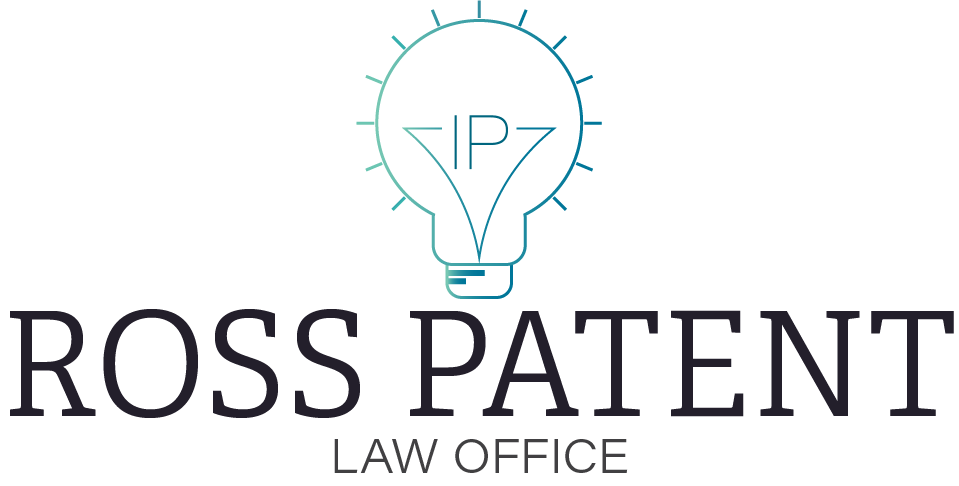The Power of Trademarks: Building and Protecting Your Brand Identity
In the competitive landscape of business, a trademark is not just a symbol, name, or phrase. It's the embodiment of your brand's identity, a critical asset that distinguishes your products or services from those of competitors. This blog post will explore the importance of trademarks in branding, guide you through the process of trademark registration, and offer strategies for enforcing your trademark rights.
The Importance of Trademarks in Branding
Creating Brand Recognition
Trademarks play a pivotal role in creating and maintaining brand recognition. A distinctive trademark becomes synonymous with the quality and origin of the products or services it represents. It creates a visual association in the minds of consumers, fostering brand loyalty.
Legal Protection
Trademarks provide legal protection for your brand, ensuring that no other business can use a similar mark in a way that causes confusion among consumers. This legal safeguard is crucial for maintaining the uniqueness and integrity of your brand.
The Process of Trademark Registration
Conducting a Trademark Search
Before applying for a trademark, it's essential to conduct a thorough search to ensure that your chosen mark is not already in use. This step helps avoid potential conflicts and legal disputes.
Filing the Application
Once you've settled on a unique trademark, the next step is to file an application with the appropriate intellectual property office. This process involves detailing the specifics of your trademark and the goods or services it will represent.
Examination and Approval
Following submission, your application will be reviewed for compliance with trademark laws. If approved, your trademark will be registered, granting you exclusive rights to use it in connection with your products or services.
Strategies for Enforcing Trademark Rights
Monitoring Trademark Use
Regularly monitor the marketplace and the internet for unauthorized use of your trademark. Early detection of infringement is key to effective enforcement.
Cease and Desist Letters
If you discover unauthorized use of your trademark, a cease and desist letter can be an effective first step. This formal notice demands that the infringer stop using your trademark immediately.
Legal Action
In cases where an infringer does not comply with a cease and desist letter, legal action may be necessary. Trademark infringement lawsuits can seek damages and ensure the cessation of unauthorized use.
Maintaining the Validity of Your Trademark
To keep your trademark protection intact, you must actively use it in commerce and renew it as required by law. Failure to do so can result in the loss of your trademark rights.
In conclusion, a well-chosen and legally protected trademark is a powerful tool in building and maintaining your brand identity. It not only differentiates your products or services in the marketplace but also provides legal leverage to protect your brand from imitation or misuse. By understanding the process of trademark registration and implementing strategies for enforcement, you can safeguard one of your business's most valuable assets: its identity.


